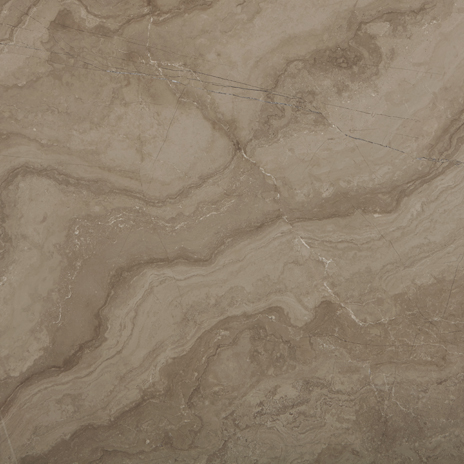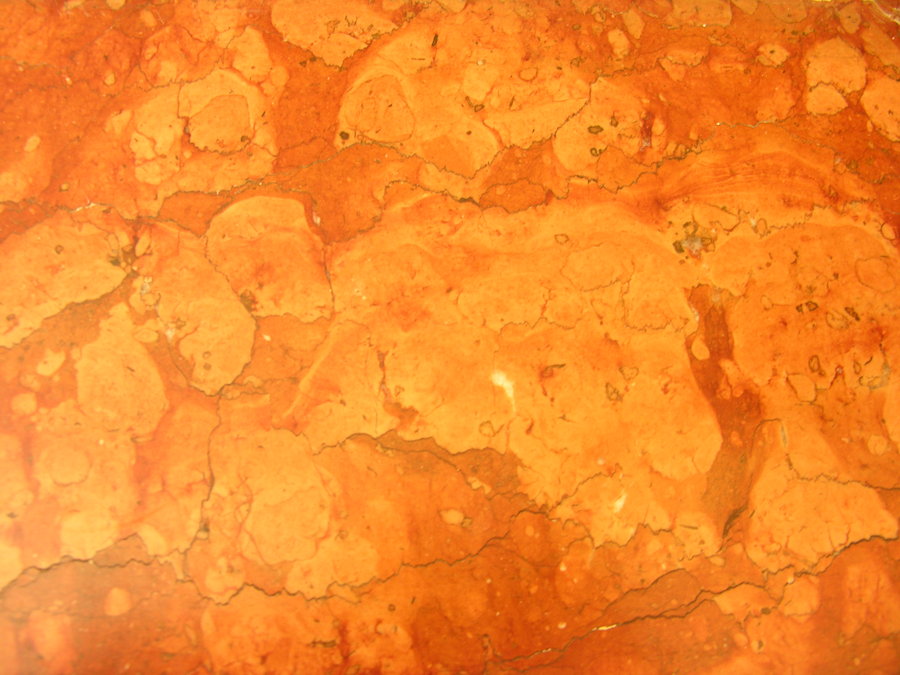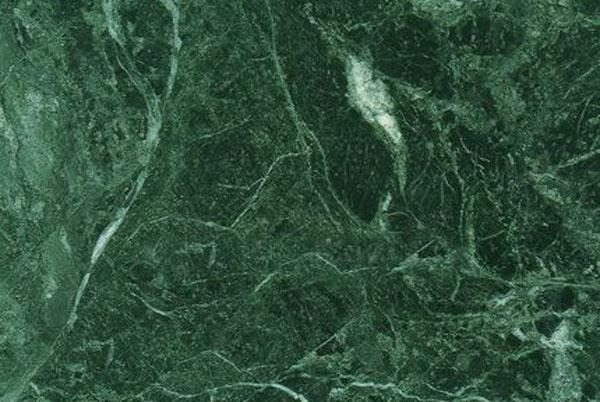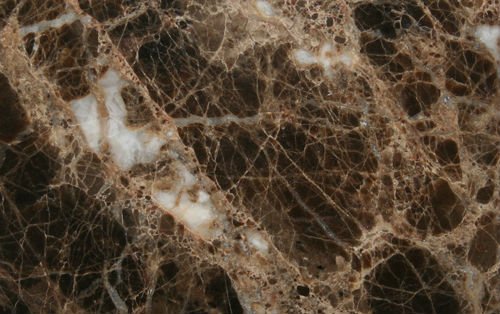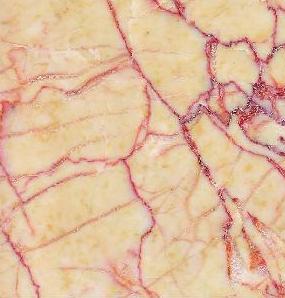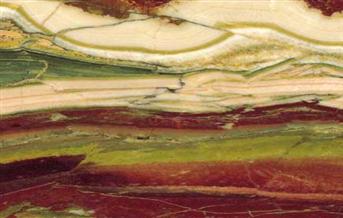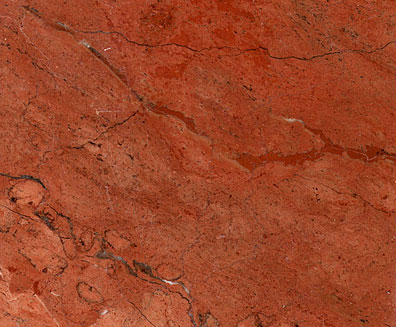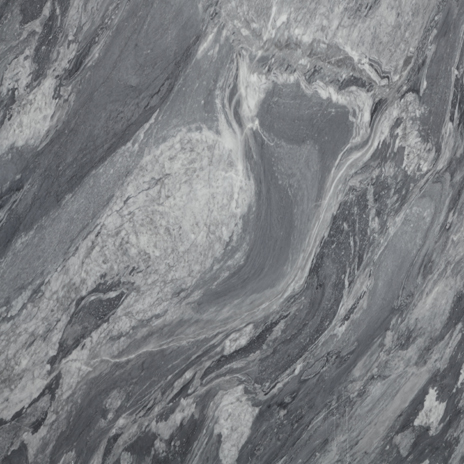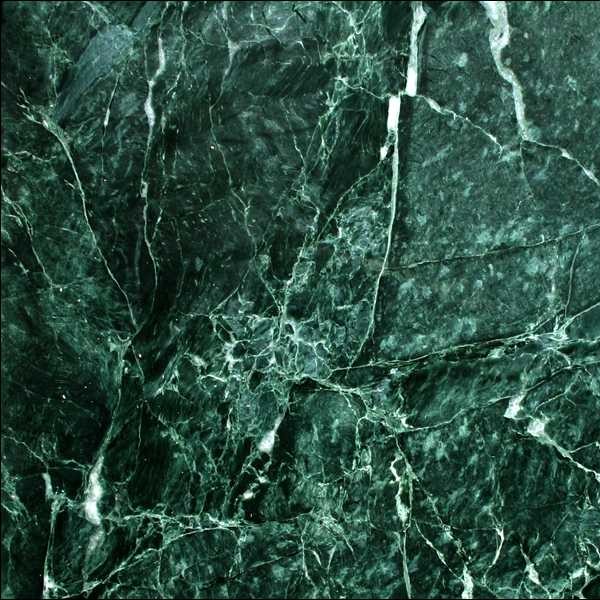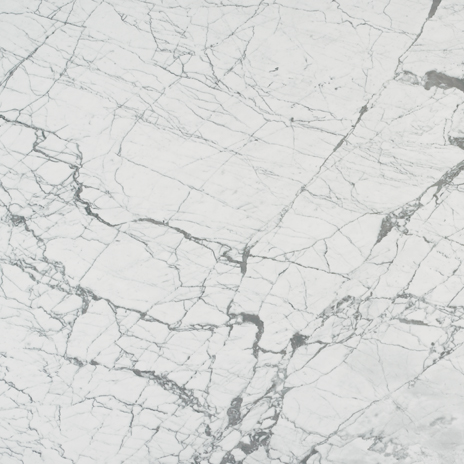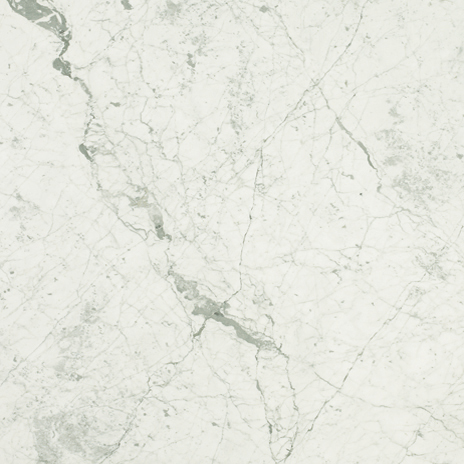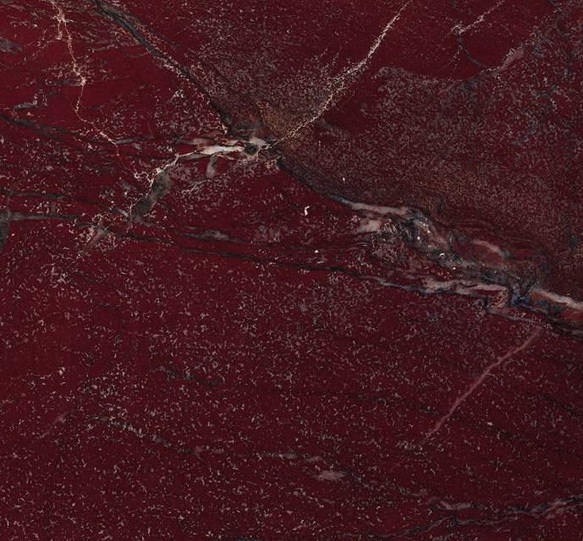Marble Countertops
A time-honored choice for countertops, marble is a classic that’s versatile enough to look good in all sorts of kitchens. That said, it’s not without its downsides: Susceptible to staining, scratching, and etching, marble is a natural product that develops a patina with use. Some people like a surface that reflects their cooking history, others don’t.
Marble is a metamorphic stone found in mountainous regions of North America, South America, Asia, and Europe—from Colorado to Brazil to Italy. It’s created by the physical or chemical alteration of sediment into a denser form through heat and/or pressure. The resulting rock has a crystalline nature enabling it to take a polish. It also has veins of mineral deposits that pattern it, no two slabs exactly alike.
Marble is one of the more porous of the metamorphic stones, which is why it’s prone to staining. While not as hard as its metamorphic cousin granite (which comes from deeper in the earth where it’s exposed to more heat), marble is not as soft as soapstone. It generally has a low abrasion rating, meaning it scratches quite easily. The stone’s chemical makeup (calcium carbonate) makes it particularly sensitive to acidic solutions, which can result in etching on the surface. On the plus side, marble is heat resistant, strong, and generally doesn’t chip or dent. Because it’s softer it can be restored to new with a polish.
One of the attractions of marble is that it’s available in a wide variety of natural colorations. Marble comes in hues of white, black, gray, yellow, green, and pink, some with dark, prominent veins and others with more subtle patterning. Architecturally Marble’s irregular lines of veining can be a nice contrast to the straight lines inherent in kitchens.
Despite the variety of colors available, white marble is generally the first choice for use as kitchen countertops. White marble is adaptable, mixing well with different styles and a wide variety of materials (stainless, wood, tile). It can be dressed up with a polished finish, or made more casual with a honed finish. Another benefit is that etching is less visible on white marble than on dark.
Marble Finishes
The most common finishes are polished, honed, and leather (also known as antique). Finish affects the look and performance of marble countertops; here’s what to know about each:
- Honed (or Matte) Finish: Created by sanding the marble so that is has a satiny-smooth, almost soft feel, a honed surface doesn’t show as many scratches and flaws as a polished finish, and it also mutes the color of the stone. Warning: Honing the surface opens the pores of the marble, making it more susceptible to staining
- Polished Finish: A grinding and buffing process results in a high-gloss slick surface, favored for bringing out the details of the marble’s color, veining, and character. While polished marble is the least porous of the finishes, it’s the most susceptible to getting etched by household acids and cleaners.
- Leather Finish: This option is created by adding a leather-like texture to a honed surface. It has a soft sheen, but is not reflective like a polished finish, and is most commonly used with dark marbles. The texturing is an effective concealler of fingerprints and other imperfections. Note that the amount of texture created in the process varies from stone to stone.
Does Marble need to be sealed? In a word, YES.
Because of its porous nature and vulnerability to acids, sealing marble used for countertops is a must. Perfectionists take note: even with a sealer, the stone will absorb stains over time and develop a patina (which many people like). There are two types of sealants: topical and penetrating.
- Topical Sealant: A surface coating that covers the stone, it can slightly alter the look of the marble but provides some protection against acid etching. The downside: topical sealants are likely to wear off over time and can scorch from heat, and be rendered less effective by scratches.
- Penetrating Sealant: True to its name, this sealer seeps into the pores of the marble and is the option most stone suppliers recommend for kitchen counters. Penetrating sealants help limit stains by keeping liquids (oil, wine, coffee) from soaking into the surface. They add a level of water and stain resistance (buying you time to clean away stain-causing materials), but don’t make the surface water proof. Penetrating stone sealants also don’t protect against damage from acidic liquids.
Be advised: Even penetrating sealants will degrade over time and should be reapplied periodically. Some suggest once a year or more if needed. How to tell if reapplication is required? If water beads on the countertop, the sealant is still working; if it soaks right in, it’s time for a refresher.
Cleaning and care tips for marble countertops
- Wipe up spills when they happen, limiting the time they have to seep into your countertop.
- For cleaning: the old rule of thumb is never use anything you wouldn’t use on your hands. This means avoiding powdered cleansers, tub and tile cleaners, abrasive pads, or even general “all-purpose” cleansers that may contain acidic ingredients.
- Mild liquid dishwashing detergent or a similar mild soap and warm water with a non-abrasive towel or sponge are the best for day-to-day cleaning.
- Use a neutral stone cleaner for tougher cleanups.
- Protect the surface by using cutting boards for food preparation.
- Reseal the countertop annually or more often if needed.
Shopping for marble countertops?
Buying marble can be a time-consuming and complicated process. Advance preparation and research is key. Before starting the selection process, consider getting help from our Bedrock fabrication design professional
Know your size specifications. Marble is purchased in slabs that are already finished and cut to a certain thickness. Most slabs are .75- to 1.25-inches thick, though thicker cuts are available. That said, those wanting an extra-wide counter are often advised to laminate the edge of the slab with a piece of marble to achieve the thick look (while keeping the cost and weight under control).
Do your research. There are a lot of choices; entering the warehouse with an idea of the color and the amount of patterning you’re after will make the process faster and more focused. Understand, however, that marble is a natural product and can’t be ordered to exact color and patterning specs. Give yourself plenty of time to take in all options.
Pricing is not transparent, so ask the salesperson how the pricing works. This is not the grocery aisle; slabs are not affixed with price tags. Many suppliers have price bands that will help you narrow your search; final pricing is typically worked out via your fabricator working with the supplier.
Marble is not a budget countertop material. The price range is high and wide, with prices usually falling somewhere between $125 to $250 per square foot, with some variance at both ends of the spectrum. What affects the price? It’s about demand and availability, and price is also affected by the thickness of the slab and the complexity of the installation.
Marble Countertop Pros vs. Cons:
Pros:
- Natural material
- Each piece is unique
- Available in a range of colors and veinings
- Heat resistant
- A historic favorite in kitchens
- Works with many different design aesthetics
- Develops a patina over time
Cons:
- Porous material susceptible to staining
- Low abrasion resistance means scratching
- Requires ongoing maintenance
- Etches if exposed to acidic liquids
- Expensive
- Develops a patina over time
Selected Marble Countertops Samples
Click on the image to view a slideshow


